Recent Web Innovations to Keep an Eye on

Trends for the Web Architecture to Be Aware Of
Many businesses opt for the web software architecture due to the excellent scaling, solid security, access via the browser, and the consequent vast user coverage. Website creation is a standalone sector that introduces its own trends and tendencies to the digital market, and this article is devoted to them.
Let’s dive deeper into the booming web technologies compatible with both Web2 as well as Web3 development. Needless to mention that each platform should be considered individually in terms of choosing the most relevant trends to implement.
Progressive Web Application
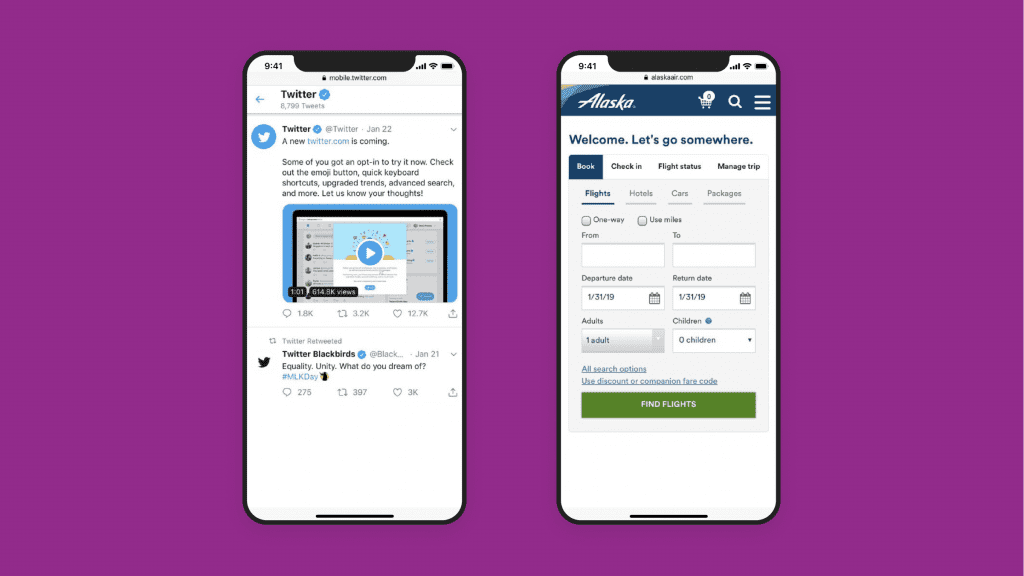
This software ensures an experience similar to the one that users receive when leveraging applications. In a nutshell, the PWA solution enables converting the website into an application. PWA can be added to the mobile device’s home screen from the browser. Its capabilities also comprise sending push notifications and accessing the hardware of the device on which it is run on.
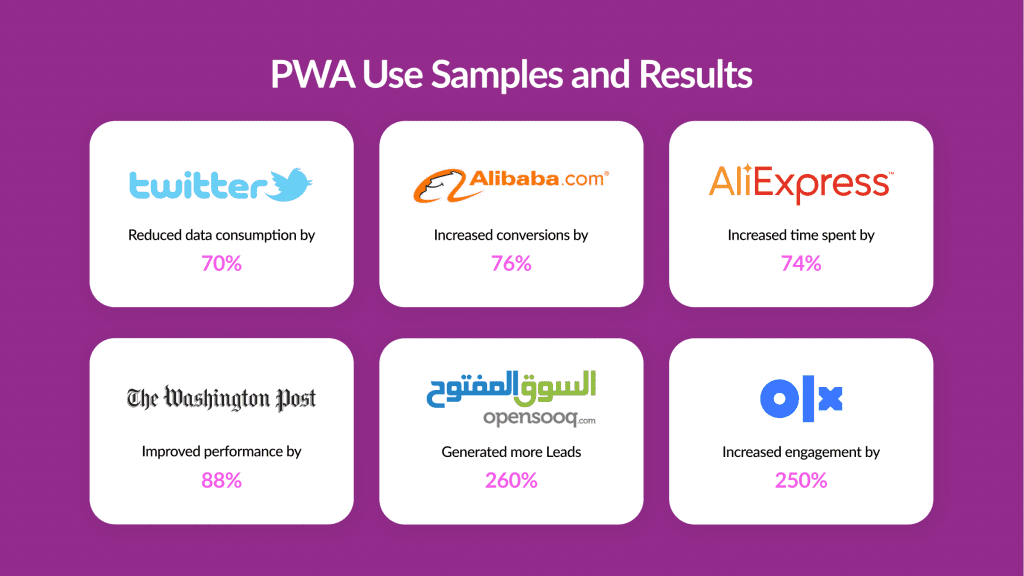
These features remain even in case the connection is unstable, or the offline mode occurs, which is not possible with a regular site. PWA applications are installed on the gadget without the help of official application stores but through the browser. This technology-as, a hybrid of site and app-is made possible by the growing capabilities of caches, browsers, and push development.
Accelerated Mobile Pages (AMP)
Accelerated Mobile Pages (AMP) are simply talking, mostly HTML with extensions and some custom page elements/blocks for mobile sites. AMPs are pages created by independent developers to optimize loading speed on mobile devices. Taking all of their peculiarities into consideration, we can characterize them as a lightweight version of the main platform. The speed of its loading, as a rule, is equal to one hundred percent, which is achieved by reducing the amount of data.
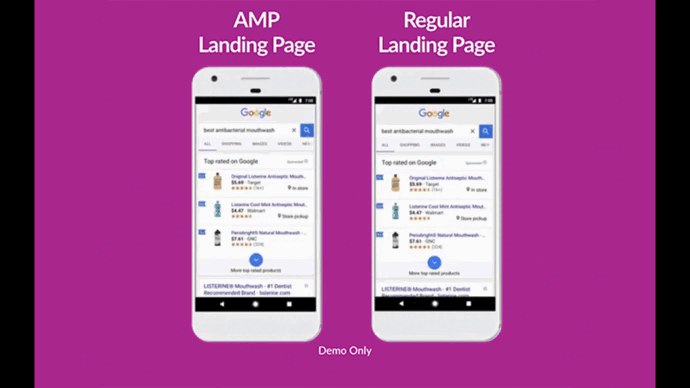
Apart from this, Google’s AMP technology is better ranked by the search engine, but this is not all a bonus – it is marked with a small lightning icon, which can make a website stand out among competitors’ crowd.
Responsive Websites
Responsive design adapts the size of the site to any device screen. This is due to the flexible markup of the site, the use of CSS media, and the flexible grid of the site. This design allows the site page to be resized to fit the size of any screen. Why is static design no longer relevant?
First, mobile devices have long been used as the leading platform for internet access. Moreover, three years ago, Google introduced mobile-first indexing. Thus, since then, SEO optimization of the mobile option of a platform has been more important than the one for the computers.
It is important to recognize that a responsive model is more transparent and requires not that much effort to realize. It provides a lower management level for the UI/UX of your platform for every screen scale. Nevertheless, it is currently the successful and efficient approach for building new websites.
Voice Search Optimization
The studying indicates that voice searches are 3.7 times more rapid than typing. On average, 55% of young adults and 41% of adults use voice search on a daily basis. You can pronounce approximately from 110 to 150 words a minute, whereas type only about 38-40. Voice search is also great for searching on smartphones. 58% of mobile users occasionally use voice search. Voice search is more convenient and faster, which also makes it easier for users to use web resources. More than half of survey participants said they use voice search because it’s convenient – you don’t have to type.
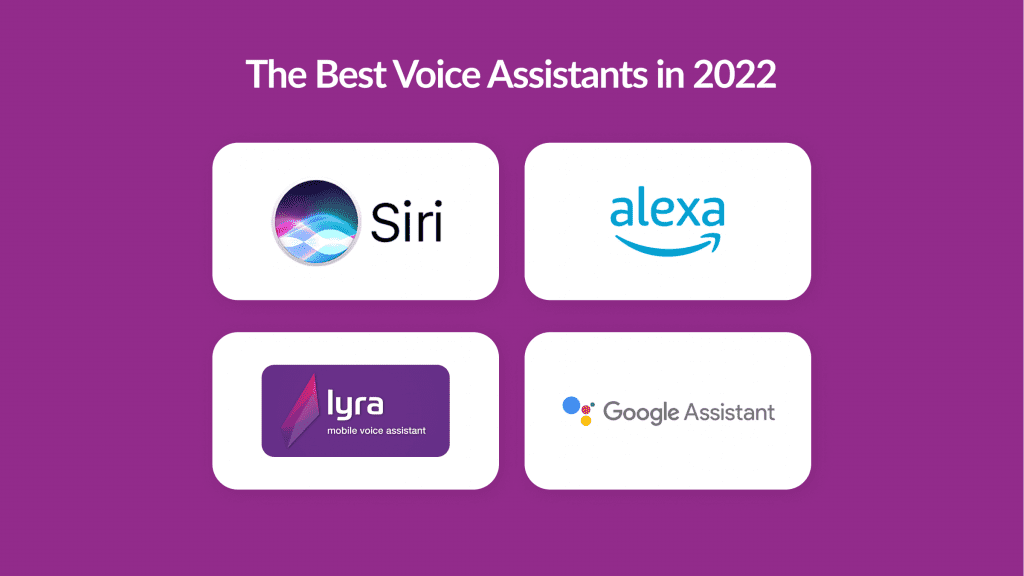
However, the queries themselves tend to change as site customers voice their queries-they become longer and more similar to spoken, conversational phrases. According to Google, 70% of search queries in Google Assistant sound like natural speech.
API-First Development
API First architecture is the development method for which excellent compatibility with the other solutions has primary importance. API-first is an application programming interface-based model to website development. Within its frameworks, it is allowed to execute any operation using coding tech instruments, as well as each functionality part should remain accessible and compatible for use by other systems.
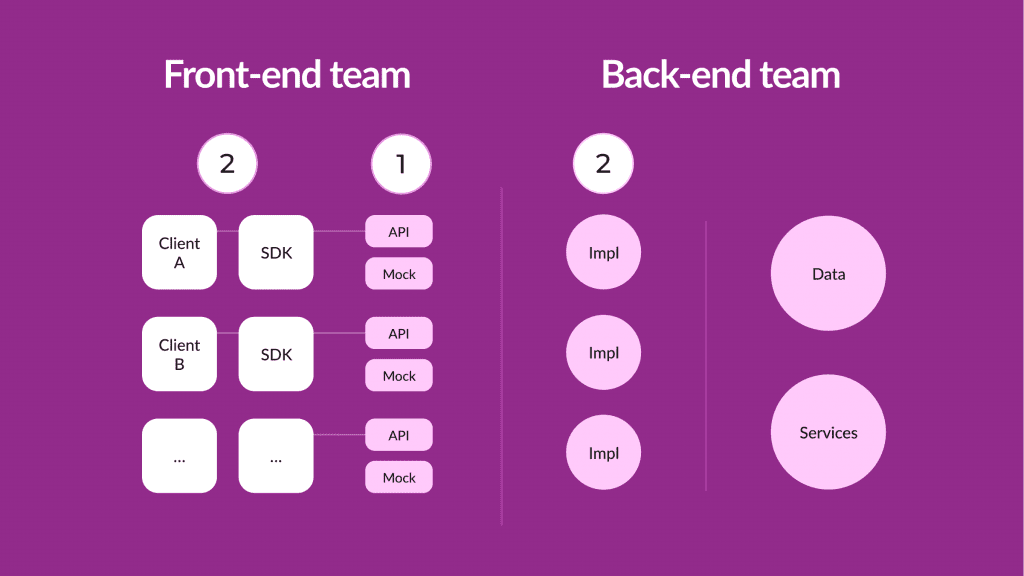
All in all, API-prioritized architecture focuses on APIs as the fundament. Instead of primarily-created or pre-tested digital platforms or experiences, it implies that the features on the website are accessible for the usage to users via the API.
Push Notifications
Push notifications are a popular tool for audience interaction today. They are short messaging messages addressed to users after they open the site. Visually, this targeting often comes from the browser name.
Push notifications are successfully used to send out advertising content, custom information, trigger mailings, etc. This trend in web development, due to its speed, is now considered one of the most effective ways to develop business projects.
AI-Powered Chatbots
An AI-based chatbot refers to a digital solution that interacts with the audience applying natural communication. AI-powered chatbots are used in many industries and for a variety of purposes. AI-based chatbots help clients intercommunicate with web platforms via text, graphical objects, and speech. They are based on natural language processing (NLP) mechanisms. Chatbots are able to comprehend and analyze human speech, mimic conversations, and perform plain robitized assignments. In addition, using predictive intelligence and research opportunities, AI-powered solutions are able to identify user preferences, offer suggestions and provide forecasts based on that data.
Also Read: What is Chatbots and Why is It Important
Such products are leveraged in a great diversity of fields: chatting software, mobile applications, websites, device lines, and voice assistants. Chatbots may be grouped into very simple ones which cope with several easy assignments or sophisticated ones, such as virtual helpers and interactive agents. Bots can serve as an element of your web platform.
Motion UI
Animations and transitions allow developers to visualize changes and modernize content. Dynamic design enhances websites to create a more appealing interface and ease the usage. It refers to animation of various components of a web page. Motion UI is an innovative on-demand solution for building smooth transitions and animations in Sass.
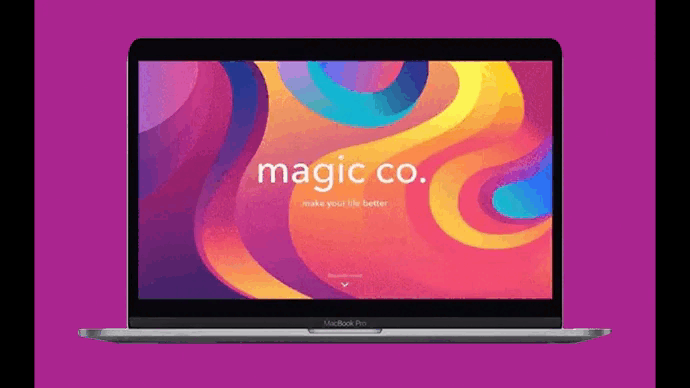
Features of Motion UI make it one of key areas of web design – its simplicity, flexibility, and versatility. First of all, Motion UI coding is simple and clear to use in case of possessing a basic knowledge of CSS and JavaScript. Secondly, Motion UI gives users an ability to set many parameters that may be applied to make animations behave exactly the way they are required. In addition, you, as users, can apply modulations and Motion actions to almost any part of your website, making this technology superior to other libraries.
This web development trend is easy to join. It is definitely worthy of attention and familiarity with the capabilities of Motion UI to explore more regarding the abundance of transition effects provided by the described library. Take a look at Motion UI and take your site’s user interface to the next level.
No-Code/Low-Code Development
NoCode is a way to develop websites and applications without using code. Instead, the product is assembled as a constructor from existing tools. This helps not only to create a project much faster but also to reduce development costs by 3-4 times compared to conventional code.
In situations where some of the functions are not enough No-code tools, the missing options are finished with the usual code. This method of creating websites is called the LowCode-development method, in which the programming “by hand” is resorted to a minimum. Instead of code, visual designers are used to model the application and solve typical tasks – ready-made scripts. The main value is the ability to do without programmers when it comes to creating or modifying some application, module, or even product.
These two types of development are ideal for running MVPs and hypothesis testing. The ability to quickly change the product based on user feedback helps the business find better solutions faster and scale them up.
Serverless Architecture
Serverless architecture is a way to create and run applications and services without having to manage the infrastructure. The application will still run on servers, but the management of those servers is completely taken care of by the provider. You no longer have to deal with allocating resources, scaling, and maintaining servers to run the applications, databases, and storage for your website.
Leveraging a serverless model, programmers are able to concentrate on the core assignments for the web platform and eliminate worries regarding management and maintenance of servers or runtime environments, whether running in the cloud or on-premises. As a result, developers save time and effort in developing great products with high reliability and scalability.
Wrapping Up
As we can observe, there are many promising and valuable technologies in web development; the main recommendation is not to implement everything at once but to choose reasonable and potential solutions for your business concept. For the implementation of innovative technologies to be successful, hire a competent IT vendor who will advise you and help choose and introduce the most relevant solutions to your website.
Yuliya Melnik is a technical writer at Cleveroad. It is a web and mobile app development company in Ukraine. She is passionate about innovative technologies that make the world a better place and loves creating content that evokes vivid emotions.
Also Read: IT Support Trends For Future Industry




